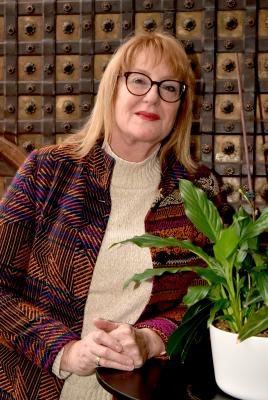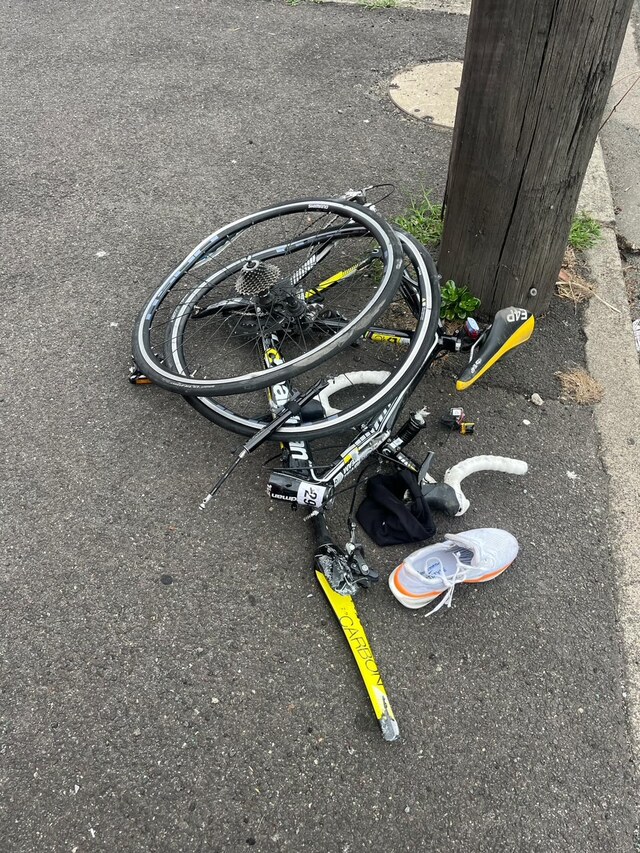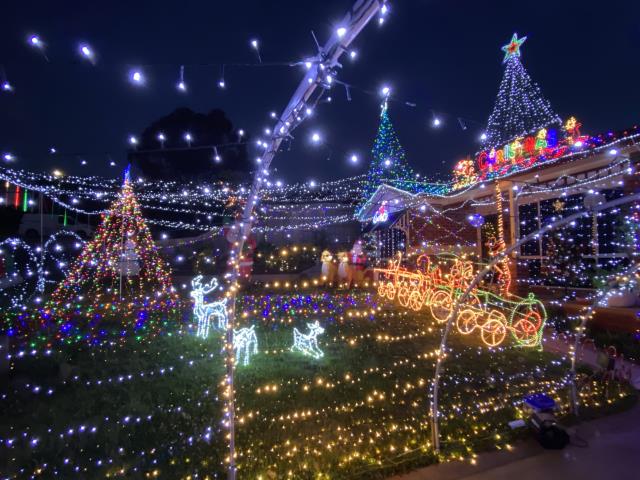Polluting vehicles should be banned from entering an inner-west “low emission zone” for three hours a day to protect children, a report to the state government recommends.
‘Air Pollution in Melbourne’s Inner West – Taking direct action to reduce our community’s exposure’ was released on Monday and makes 26 recommendations with 65 suggested actions. It was researched by the Inner West Air Quality Community Reference Group commissioned by the government in 2018.
Recommended actions include enforcement of heavy vehicle bans and restrictions, and the introduction of a “low emission zone” bounded by Grieve Parade, Geelong Road, Kororoit Creek Road and Whitehall Street/Hyde Street/Douglas Parade.
Polluting vehicles would be banned from entering the zone immediately before and after childcare, kindergarten and school hours.
Independent group chair Patsy Toop, a personal injuries lawyer, said it was concerning there was no monitoring of ultra-fine particulate matter from diesel-fuelled vehicles and trucks.
“About 80–95 per cent of diesel exhaust particulates are ultra-fine, which are particularly damaging to health and there is no safe level for exposure,” she said.
“There is a direct link between diesel fuel emissions and cancer.”
Ms Toop said people in the inner west were being hospitalised at higher rates due to poor air quality.
“Air pollution poses serious risks for human health and, sadly, people living and working in Melbourne’s inner west are experiencing higher rates of hospitalisation for heart failure, asthma and heart disease, and a higher incidence of lung cancer compared with the general Australian population,” she said.
The report calls for better monitoring of air pollution from transport and industry, including during and after construction of the West Gate Tunnel.
It calls on the government to implement alternative truck routes instead of feeding heavy vehicles onto residential streets such as Millers Road and Williamstown Road.
“The Environment Protection Authority’s three permanent monitoring stations in the inner-west are situated away from main roads, which means there is no long-term monitoring of where pollution is at its highest,” Ms Toop said.
The reference group, whose members represent Maribyrnong, Hobsons Bay and Brimbank councils, community and environmental groups and the broader community, heard from scientific, public health and industry experts to develop the report.
The report’s release coincides with the World Health Organisation’s first International Day of Clean Air for Blue Skies.







